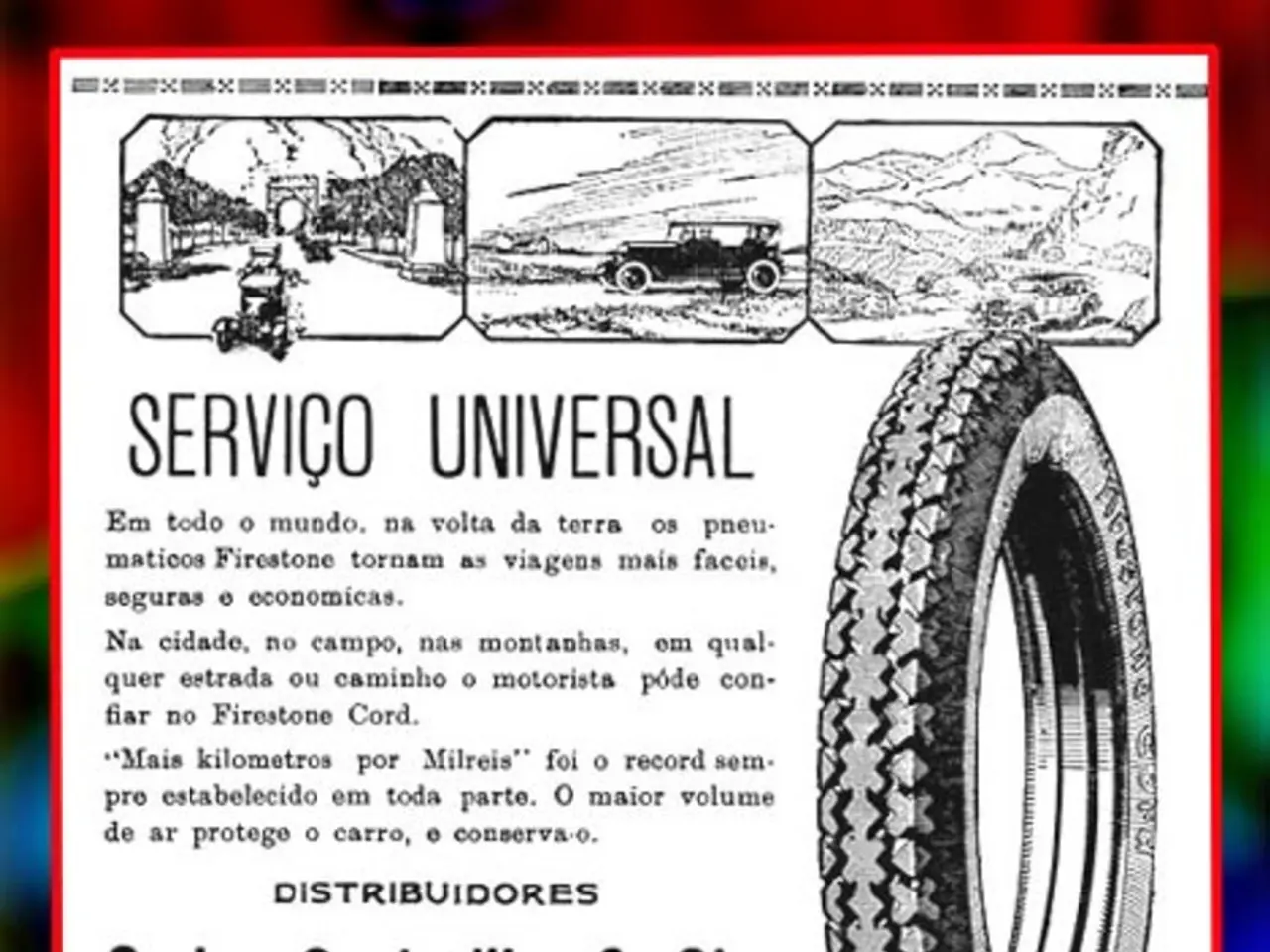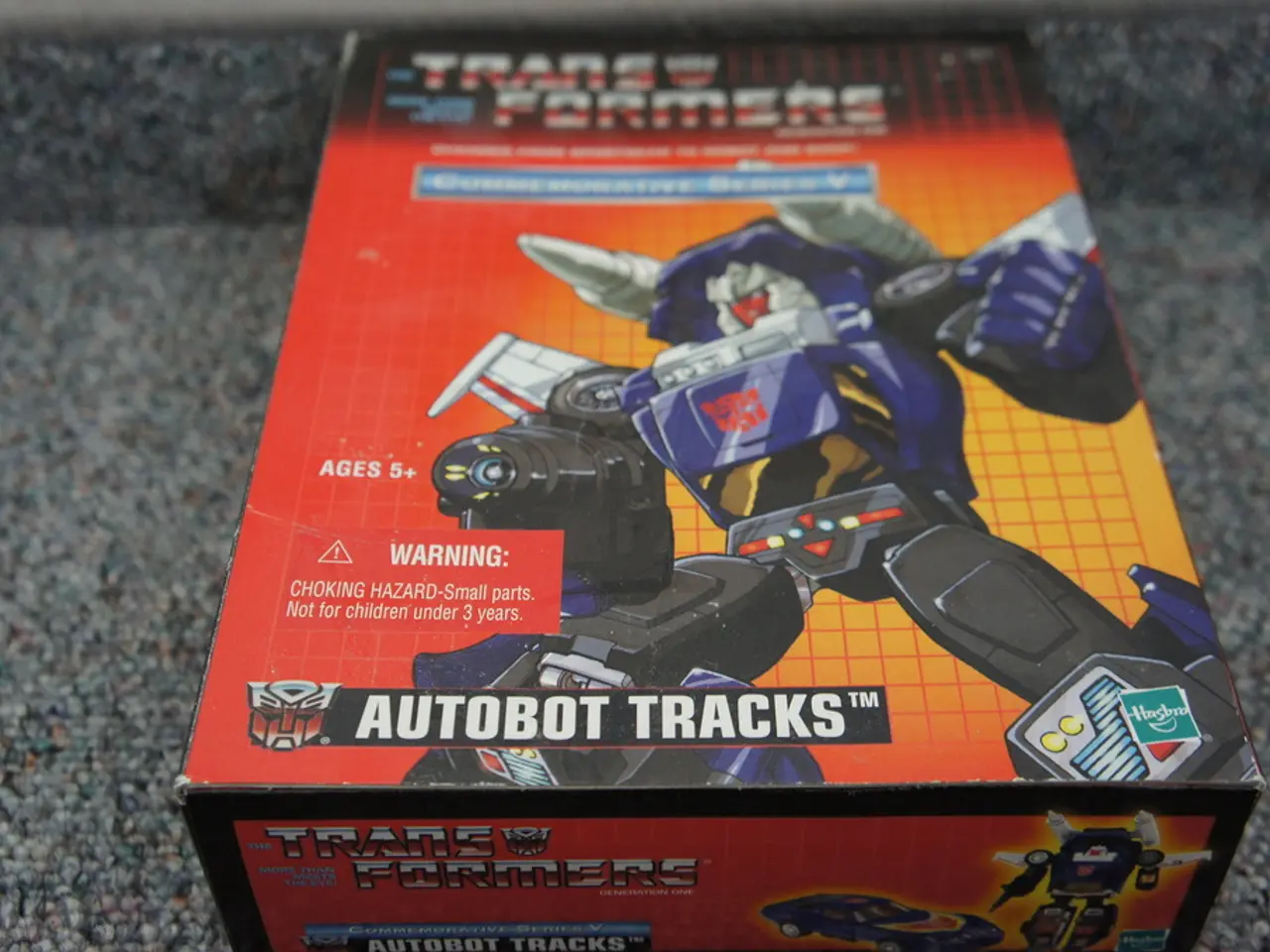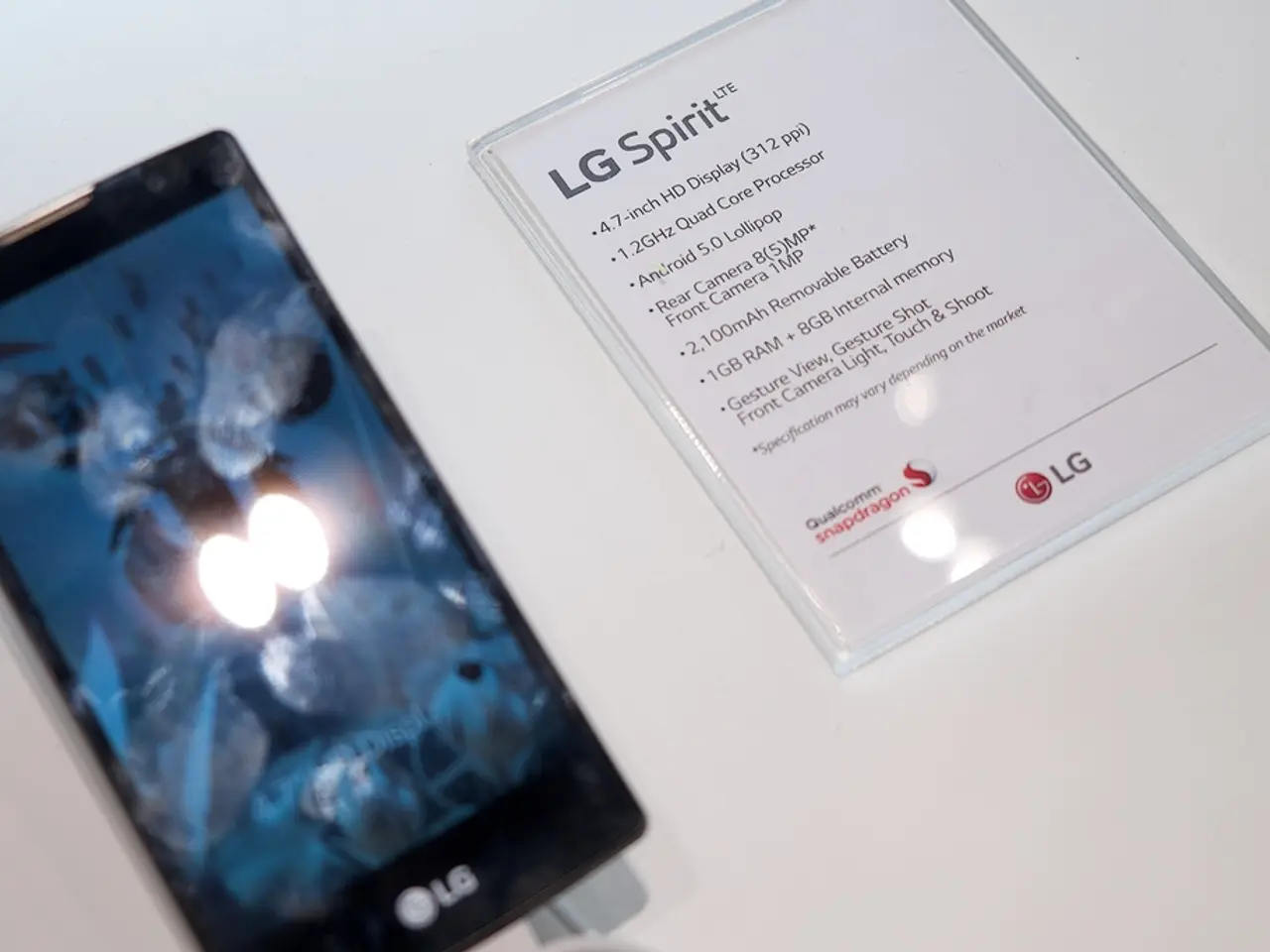Lunar Spacecraft Advancing Lunar Investigation and Providing Earthly Mobility Enhancement
Toyota's collaboration with the Japan Aerospace Exploration Agency (JAXA) on the Lunar Cruiser project showcases advanced technology aimed at overcoming the challenges of lunar exploration. The Lunar Cruiser, a manned pressurized rover, is designed to navigate the Moon’s rough terrain and harsh conditions safely and reliably.
Off-road and Autonomous Off-road Driving
The Lunar Cruiser's independent tire control system allows for maneuverability around obstacles and adjustable tire speeds, making it a formidable off-road vehicle. Autonomous off-road driving technology is also a critical feature, enabling the rover to operate with a degree of self-navigation and obstacle avoidance autonomously. This is essential given the communication delay and harsh environment on the Moon. Toyota's expertise in mobility and robotics is applied here to develop highly stable and reliable off-road driving mechanisms suitable for lunar exploration.
User Experience
The Rover is designed with a pressurized cabin to ensure comfort and safety for astronauts exploring and working on the Moon. Toyota's focus on user experience includes integrating systems that ease astronaut workload and maximize operability in a space environment. The crewed lunar rover aims to provide a spacious and ergonomic environment suitable for extended exploration missions.
Regenerative Fuel Cell (RFC) Technology
Energy management on the Moon is a vital challenge, and the Lunar Cruiser employs Toyota’s Regenerative Fuel Cell (RFC) system to provide reliable electricity. The RFC generates electricity by using hydrogen and oxygen to create water, which can then be electrolyzed back into hydrogen and oxygen to store energy efficiently. This cycle supports longer lunar missions by enabling energy regeneration and storage, addressing the need for sustainable and continuous power in the lunar environment where solar energy can be intermittent.
Collaborations and Supporting Technologies
Further technology development includes dust removal systems to maintain vehicle performance, with companies like Konica Minolta collaborating on this aspect to mitigate lunar dust effects—a known hazard for lunar surface operations. The integration of such technologies aligns with Toyota’s goal to apply space-developed innovations back to terrestrial vehicles, advancing both space exploration and ground-based mobility.
In summary, the Lunar Cruiser leverages advanced off-road and autonomous driving systems, a pressurized and user-friendly cabin, and Toyota’s proprietary Regenerative Fuel Cell technology to create a functional, sustainable lunar exploration vehicle as part of Japan’s contribution to international lunar missions. The research and development of the Lunar Cruiser is expected to expand technologies such as autonomous driving and Regenerative Fuel Cell to harsher environments like the lunar surface.
Hirofumi Inoue, President of the Advanced R&D and Engineering Company, believes that the research and development of the Lunar Cruiser can benefit terrestrial technology. He suggests that the ongoing endeavors of the Lunar Cruiser could lead to "making ever-better cars." The Lunar Cruiser's development is not limited to the moon exploration project but also aims to apply insights gained to carmaking on Earth. In case of failed brakes, the Lunar Cruiser can form a "V" with its tires to brake.
This lunar exploration project, being watched by the entire world, involves not just Toyota, but a diverse range of companies collaborating in an all-Japan effort. The combination of Toyota and space exploration might seem unexpected, but according to Hirofumi Inoue, it could potentially be beneficial for both space exploration and ground-based mobility. Insights gained through this project are being applied to carmaking on Earth, demonstrating the potential synergy between space exploration and terrestrial technology.
The Lunar Cruiser's autonomous off-road driving technology, originating from Toyota's expertise in mobility and robotics, shows potential applications in the automotive industry beyond lunar exploration. The space-developed Regenerative Fuel Cell technology employed in the Lunar Cruiser is expected to be integrated into terrestrial vehicles for more sustainable and electricity-efficient transportation. The advancements made in the lunar project could contribute significantly to both space-and-astronomy and the finance sector, particularly in industries such as science, transportation, and automotive technology.




